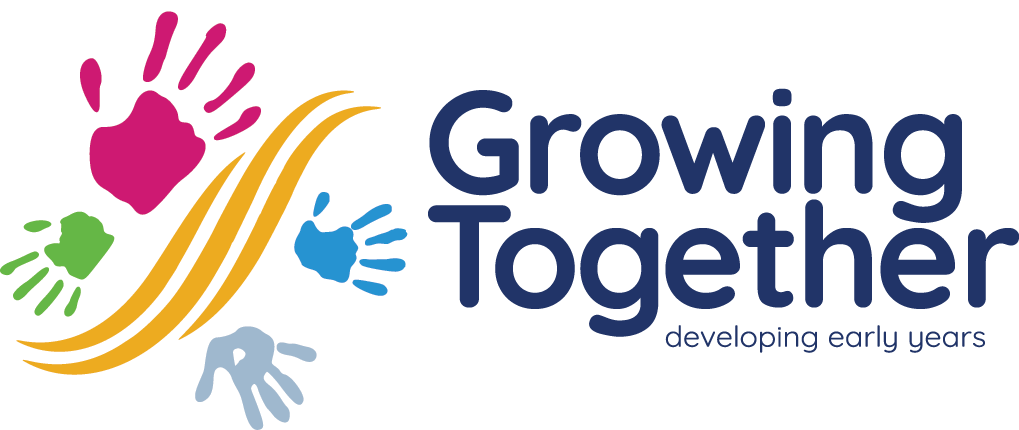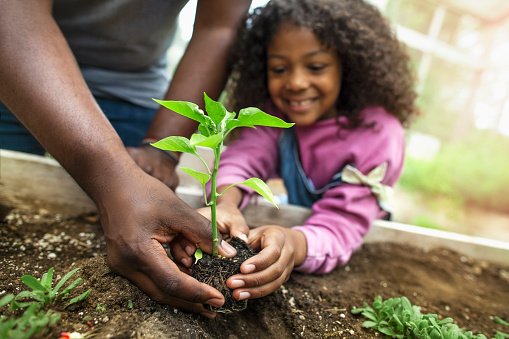Where to start with developing a Science, Technology, Engineering and Mathematics (STEM) curriculum in the early years?
Changes in the Early Years Foundation Stage (EYFS) give more power to early year practitioners to set their own curriculum. Recognising that the EYFS is more the bare bones of areas of learning and we as practitioners are responsible for putting the meat on the bones. We need to create ambitious curriculums that represent the opportunities to incorporate a stronger focus on STEM education in the early years.
In this blog, we will share three tips on how to incorporate a STEM curriculum in the early years through developing curriculum outcomes; outlining the steps children take to reach curriculum outcomes; and developing a bank of ideas.
What is a STEM curriculum? And why is it important?
A STEM curriculum is and educational approach that integrates Science, Technology, Engineering and Mathematics into a cohesive learning model designed to prepare children for the real-world challenges and tech-driven environment they are growing up in.
After what feels like many years of a potentially interpreted system of you must do x-y-z as your curriculum, the power has been returned now to early years practitioners. This is a fantastic opportunity to reflect on your settings curriculum and incorporate or focus on STEM education as part of your unique and ambitious curriculum that you offer your children. That builds upon the seven areas of development and the characteristics of effective learning and teaching. We appreciate that this power might feel daunting and you may be unsure of where to start, so we are sharing with you three tips to developing your STEM curriculum to get you started.
Tip 1 – Develop curriculum outcomes
The simplest definition of curriculum is what we want children to learn in the time they are with us. This is why my first recommendation is to think of curriculum outcomes in relation to STEM skills and knowledge, that you would like to see children develop by the time they leave your setting.
This can be split into STEM skills and knowledge. STEM skills are those foundational skills that children need to develop to be able to reach their full potential or engage in STEM education. This includes learning to problem-solve, test ideas, observe, talk and share their ideas with others, hypothesise, collaborative working, resilience, to be able to think of ideas, be innovative, being curious, being methodical and so on.
STEM knowledge is specific information we want children to gain in relation to STEM. For example, this might be developing an understanding of growth, change and decay. Learning the life cycle of a butterfly. Or about capacity, gravity, magnitude, electricity and so on.
A STEM curriculum goal example
To be able to talk and share their observations with their peers and adults about what happens to plants over a period of time; demonstrating an understanding of plant life cycles, growth, decay and change.
Tip Two - Outline the Steps Children Take to Reach Curriculum Outcomes
When we think about children’s learning, it is often a journey where children go through different stages before they get to the end goal of our curriculum. So, it is really helpful to think about what are those stages that children go through in order to meet that goal. Take some time as a team to discuss child development, your knowledge of your children and how you can break the learning down into smaller steps to get to the end goal.
Steps to consider when breaking down curriculum goals
Physical development.
Personal, social and emotional development.
Communication and language.
What prior knowledge do the need to reach the end goal?
Curriculum Goal Example: To be able to talk and share their observations with their peers and adults about what happens to plants over a period of time; demonstrating an understanding of plant life cycles, growth, decay and change.
Under twos - to develop their fine motor skills and hand-eye coordination to enable them to help plant flowers or plants and water them. To use key words relating to life cycle e.g. small, big, grow, seed, plant.
Two to threes - to be able to look after their plants with support and help. For example, watering plants. To use simple sentences to relay their observations about plants and seeds. Such as, “It got bigger!” To develop their observational skills through a variety of sensory play and activities (to support their knowledge understanding and language development for talking about what they observe).
Three to Four Year olds - Talk about and retell the life cycle of a plant to peers or adults. To show care and concern for their plants and begin to understand what they need to grow and be healthy. To listen and respond appropriately to others as they share ideas.
*Please note that this is not inclusive of all the skills that children might need to learn the overall curriculum goal outlined and that this is based in a curriculum that already offers a firm foundation of learning opportunities across the three prime areas of development. These are communication and language development, personal, social and emotional development and physical development, that will underpin and lay the foundations for a well-rounded STEM curriculum.
Tip Three - Develop a Bank of Ideas
For each of your curriculum goals and steps that children will go through on their journey to reaching the main goal, it can be really helpful to develop a bank of ideas. This is because especially when starting something new we might need to look for ideas and inspirations, it might not come naturally to us in the moment. Or if you are anything like me you can easily full into the habit of doing the same thing, because it worked before and by having a bank of ideas it encourages us to try new ideas and offer more of a breadth of experiences.
Example bank of ideas to support curriculum goal
Vegetable patch,
Cress monsters,
Activities to develop observational skills, - e.g. gloop, dancing raisins experiment, colour mixing activities,
Life cycle books and activities,
Observational still life painting/drawing.
“The best learning comes through experience, play and hands on opportunities. If we want to learn about how a seed turns into a tomato, let’s explore the seeds, plant the seeds, nurture them and watch them grow. I strongly believe children are not passive in their learning, they are active involved and making meaningful connections through doing.”
This blog was originally published for British Science Week 2023 and was updated September 2025. We regularly review our blog posts to ensure that they are up to date and remain useful.



